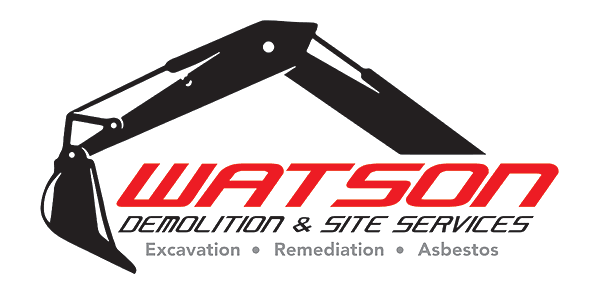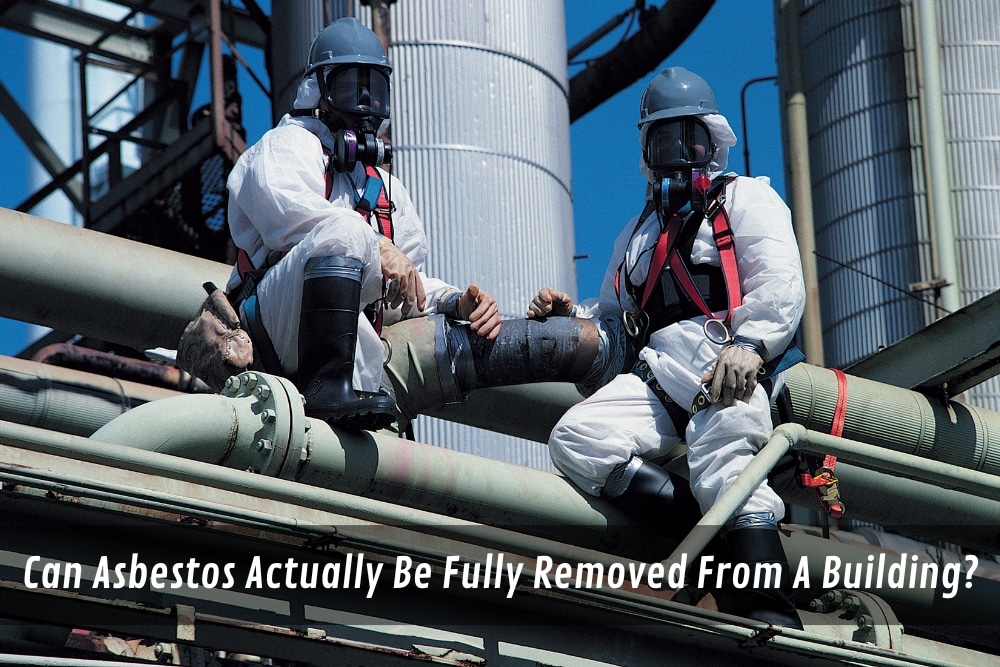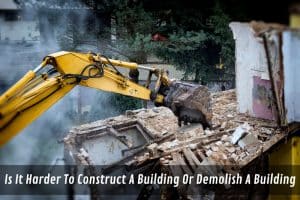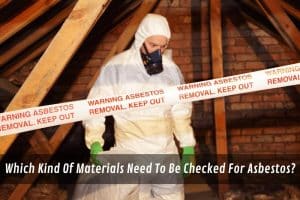Are you wondering if removing asbestos from your building is possible? Asbestos is a dangerous material that can be found in some older buildings. Once identified, the need to have it removed is crucial. But what kind of strategies and actions should you take to make sure that asbestos is fully removed from your building?
For decades, many structures have been at risk due to the presence of asbestos in their walls and foundations. The organic fibre was used to increase strength and durability in walls, as well as insulation for sound and temperature control. However, exposing our bodies to this mineral has several severe health effects such as lung cancer, mesothelioma or asbestosis.
Due to these risks, once an asbestos test is carried out by professionals in a particular building it needs to be completely removed for health reasons. So how exactly do we know if a building has been adequately cleared of asbestos? This article will explore this question and discuss the risks associated with removing asbestos.
What is asbestos?
Asbestos is a mineral composed of thin, microscopic fibres. It has been used for centuries, mostly in the construction industry, to provide strength and insulation to buildings. Unfortunately, it has also been linked to serious respiratory issues when inhaled.
What health risks do you face if exposed to asbestos?
The health risks associated with exposure to asbestos are serious and can be life-threatening. Asbestos fibres, when inhaled, can become lodged in the lungs and cause scarring. This scarring can lead to difficulty breathing, chest pain, and coughing. In more severe cases, accidental exposure to asbestos can lead to mesothelioma and other forms of cancer. It is important to note that the risk increases with prolonged exposure so it is important to ensure that any asbestos removal work is completed correctly and safely.
What are some steps one should take if there is asbestos present in a building?
When dealing with asbestos removal it is important to ensure that all safety precautions are taken as exposure could have serious repercussions.
- The first step is to consult with a professional asbestos testing agency. They will be able to determine the levels of asbestos present in the building and advise on the best course of action.
- Once the presence of asbestos has been confirmed, it is important to contact a licenced asbestos removal company who are trained and certified to handle asbestos waste removal and disposal. It is also important for those working with or around asbestos to wear appropriate personal protective equipment (PPE) such as respirators, disposable clothing, safety glasses, and gloves.
- It is also important for air monitoring to be carried out during and after the removal work to ensure that no airborne particles or dust-containing asbestos fibres are present. If necessary, contact your local health department or environmental agency to make sure all regulations are being followed.
- Finally, once the asbestos has been removed, it is important to properly dispose of it according to local laws and regulations. It is also important for any asbestos products or building material that contains asbestos to be disposed of in a safe manner.
What techniques can be used for removing asbestos?
There are several different types of asbestos removal techniques that can be used depending on the type of material being removed.
- For example, floor tiles and other non-friable materials can be removed using wet methods such as wetting down the material before it is removed.
- On the other hand, friable asbestos, which is more brittle and easily crumbled, needs to be handled differently and requires specialised tools and equipment.
- Another method for removing asbestos is encapsulation. This involves covering up or sealing the material with a sealant or coating to prevent any further exposure to airborne asbestos fibres. Encapsulation is often used for materials that cannot be safely removed such as insulation around pipes or in ceilings.
- Finally, it is important to remember that any asbestos removal work should only be carried out by a licenced and experienced asbestos removalist. It is also important to ensure that all safety regulations are followed and that the area is properly sealed off to prevent any further exposure to airborne asbestos fibres.
What are the pros and cons of removing asbestos techniques?
- The wet method of asbestos removal is often favoured for non-friable materials as it eliminates the risk of airborne asbestos dust and fibres. This technique also prevents any further damage to the material that may have been caused by other removal techniques such as drilling or cutting. The downside to this technique is that it can be time-consuming and costly if the area is large or complicated.
- Encapsulation is a great option for areas where asbestos cannot be safely removed due to its location or condition. This method seals off the material and prevents any further exposure to asbestos fibres, eliminating any health risks associated with asbestos. However, encapsulation does not actually remove the asbestos, meaning that it can still pose a health hazard in the future if it is ever disturbed.
- Finally, the removal of friable asbestos requires specialised equipment and training due to the risk of airborne dust and fibres. This technique is often used for insulation around pipes or in ceilings as it requires a professional to safely remove the material without disturbing any asbestos fibres. The downside to this technique is that it can be costly and time-consuming as there are strict safety regulations that must be followed.
Conclusion
In conclusion, it is possible to remove all traces of asbestos from a building with the help of a professional. Additionally, you should also follow proper safety protocols and asbestos removal guides. Different types of removing asbestos techniques can be used depending on the type of material being removed, including wet methods, encapsulation, and specialised tools and equipment for friable asbestos. While it is possible to fully remove asbestos from a building, it is important to remember that any exposure to airborne asbestos fibres can pose a health hazard.
Contact Watson Demolition & Site Services today to find out more about our services. We can assist you with the best way to remove asbestos from a building. Providing the professional services needed to ensure the job is done safely and efficiently.



